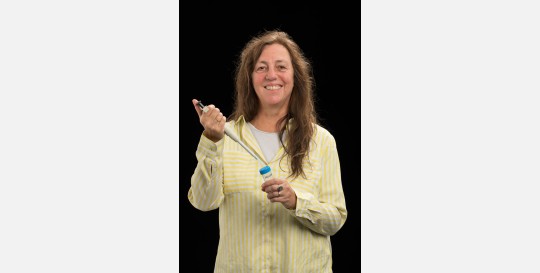SPEEDY
Completed
01.01.12 → 31.12.19

Spatial and environmental determinants of eco-evolutionary dynamics: anthropogene environments as a model
The overall objective of SPEEDY is to obtain integrated insight into the responses of populations and communities to urbanization. The integrated nature of our research programme refers to the fact that we consider different biological levels (communities, populations) and we specifically address interactions between both ecological and evolutionary responses (eco-evolutionary dynamics). We also seek mechanistic explanations by looking at organismal traits, consider different stressors associated with urbanization, and perform concerted research on different organism groups and spatial scales. The research will translate into a capacity to provide improved predictions of responses of natural communities to urbanization by incorporating evolutionary responses. This main objective translates into the following specific objectives: (i) To test the hypothesis that urbanization leads to strong selection pressures impacting both metacommunity dynamics, trait values of communities as well as of individual species (populations). This hypothesis will be tested for a wide variety of organism groups ranging from bacteria to birds. (ii) To test the hypothesis that the responses to the same urbanization gradients differ among organism groups as a function of life style, body size, generation time and dispersal capacity. (iii) To test the hypothesis that evolutionary responses impact community dynamics and vice versa, (iv) and that the impact of these eco-evolutionary dynamics differs among organism groups depending on their life style, body size, generation time and dispersal capacity. In addition to testing these broad hypotheses, SPEEDY will test a large number of more targeted hypotheses on the mechanisms of responses and strength of selection pressures associated with urbanization gradients that will be specific for each of the organism groups and focal species. In addition, by modelling exercises, we will explore the possibilities to extrapolate our findings to different settings and spatial and temporal scales, providing a framework to predict responses to urbanization and other (human-induced) environmental changes.
Funding
Belgian Science Policy (BELSPO)
(Interuniversitary Attraction Poles Program)
Internal members
- Frederik Hendrickx
- Thierry Backeljau
- Koen Martens
- Isabelle Schon
- Marie Cours
- Kristien De Wolf
- Maud Quinzin
- Rose Sablon
Other members
- Luc DE MEESTER (Promotor - KULeuven)
- Luc LENS (UGent)
- Hans VAN DYCK (UCL)
- Erik MATTHYSEN (UA)
- Elena PIANO
- Karin BREUGHELMANS
- Mark VANKERCKVOORDE
Partners en sponsors



